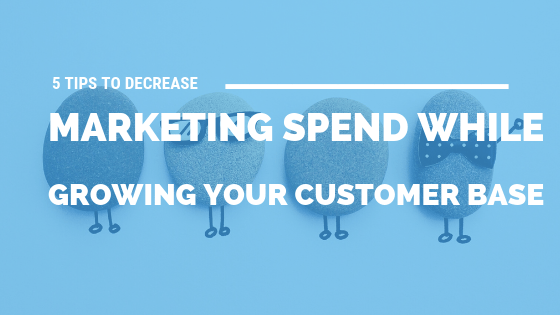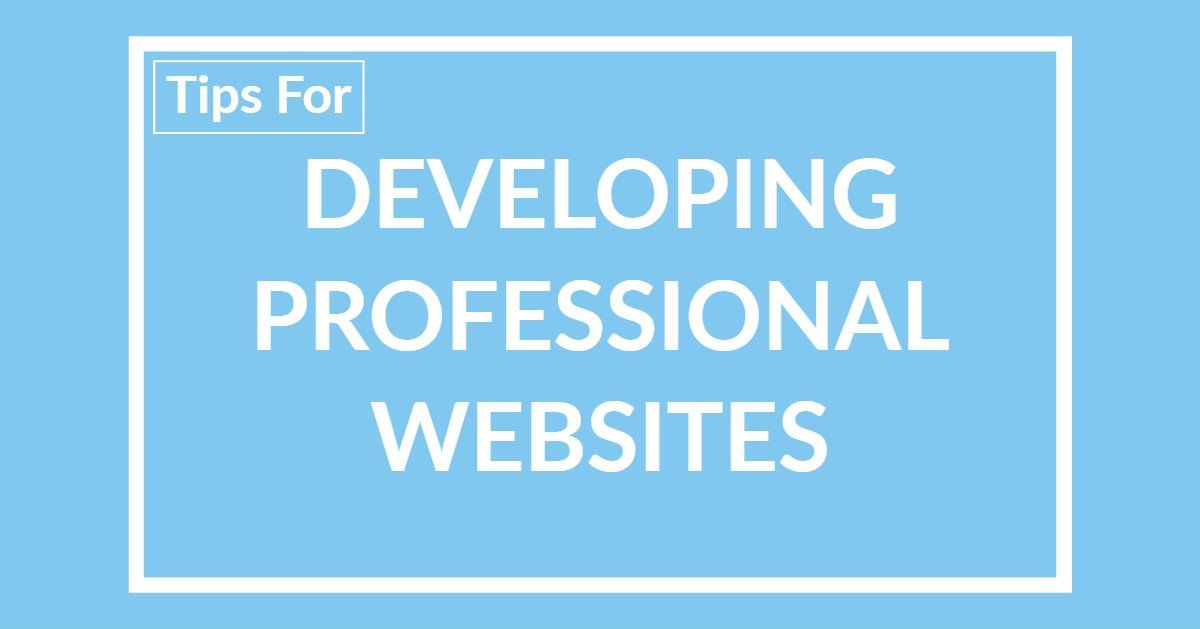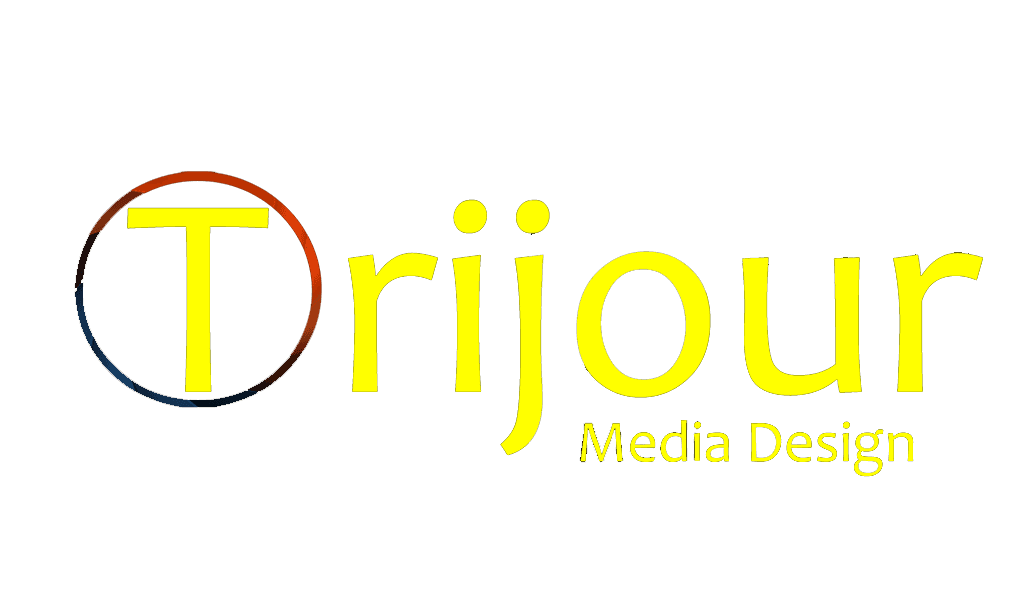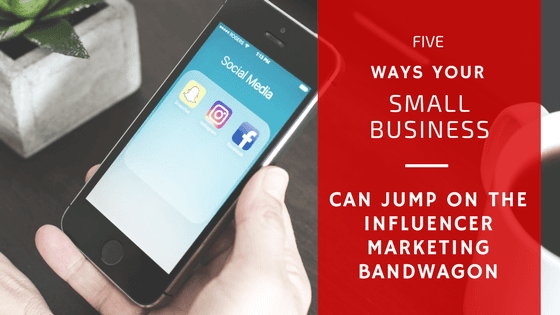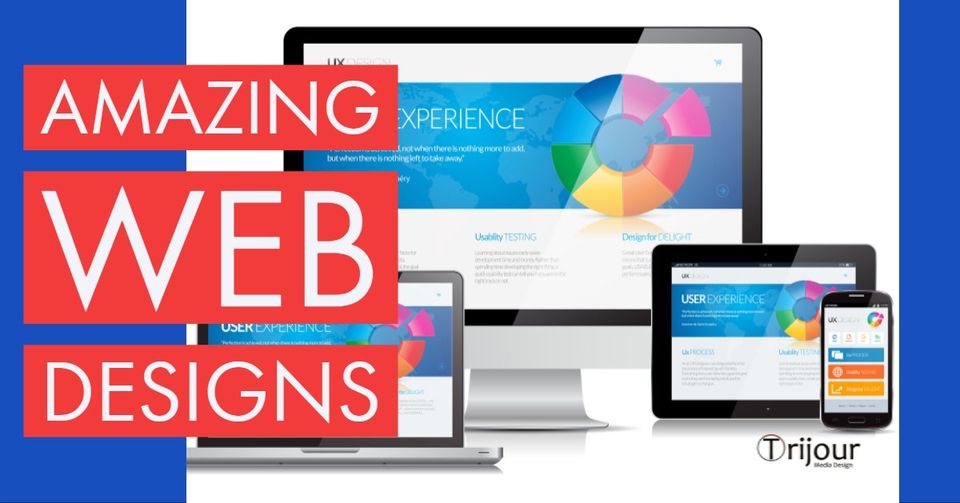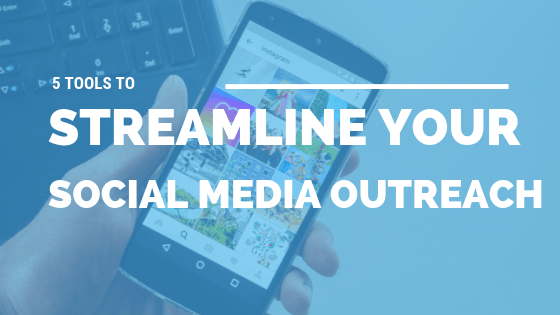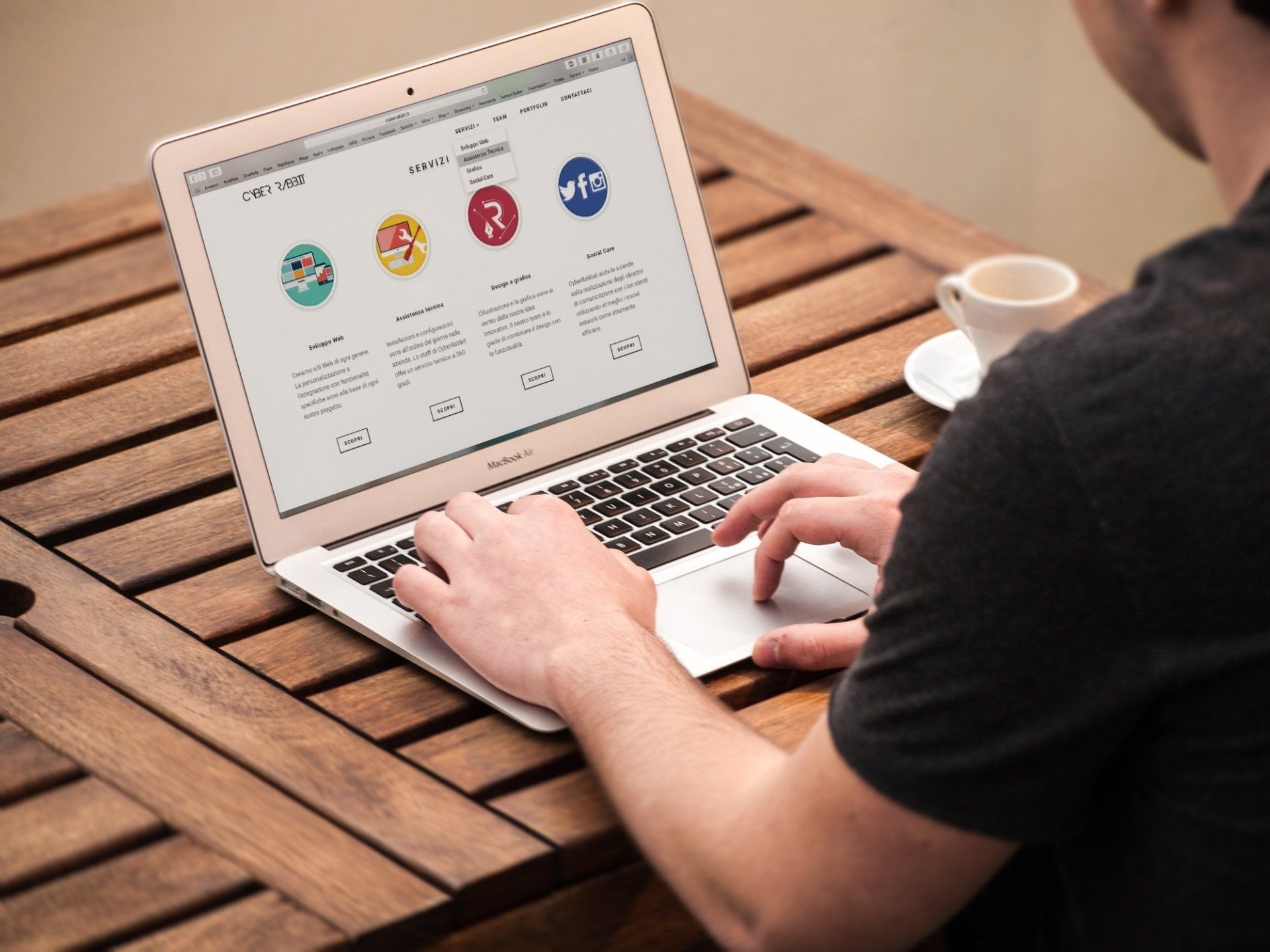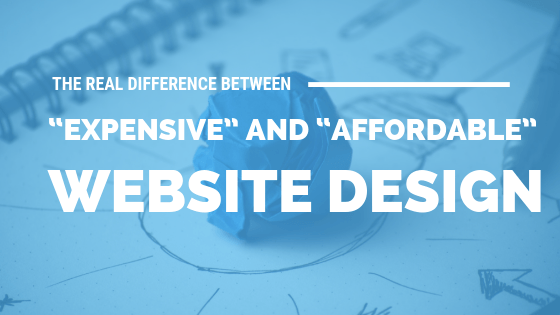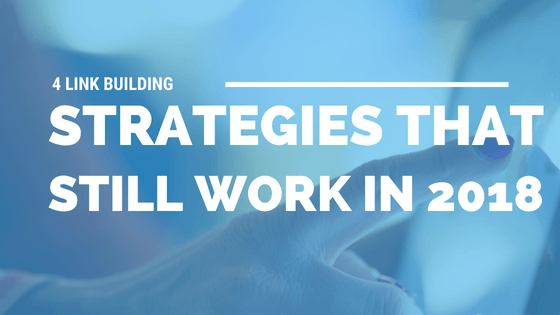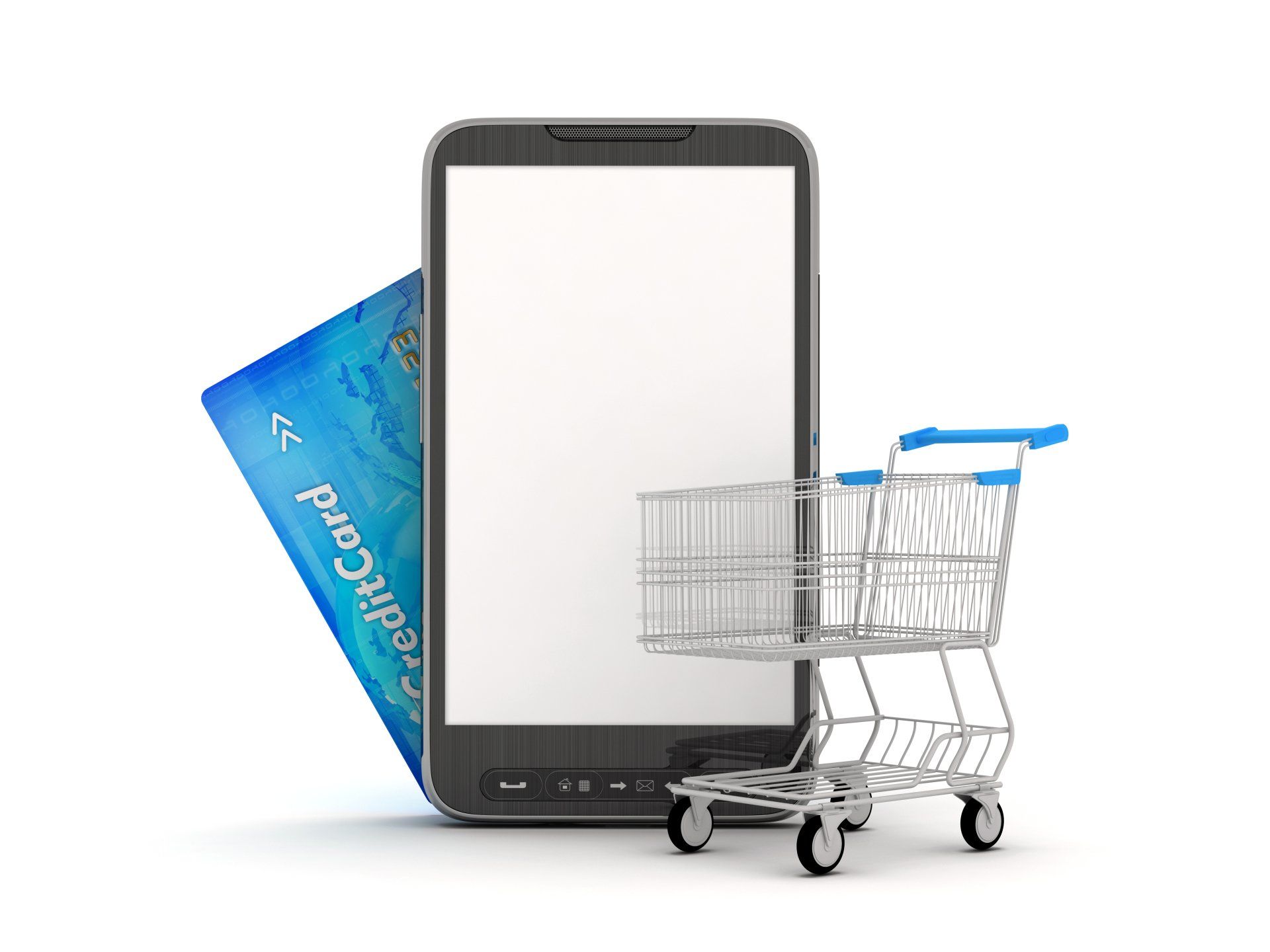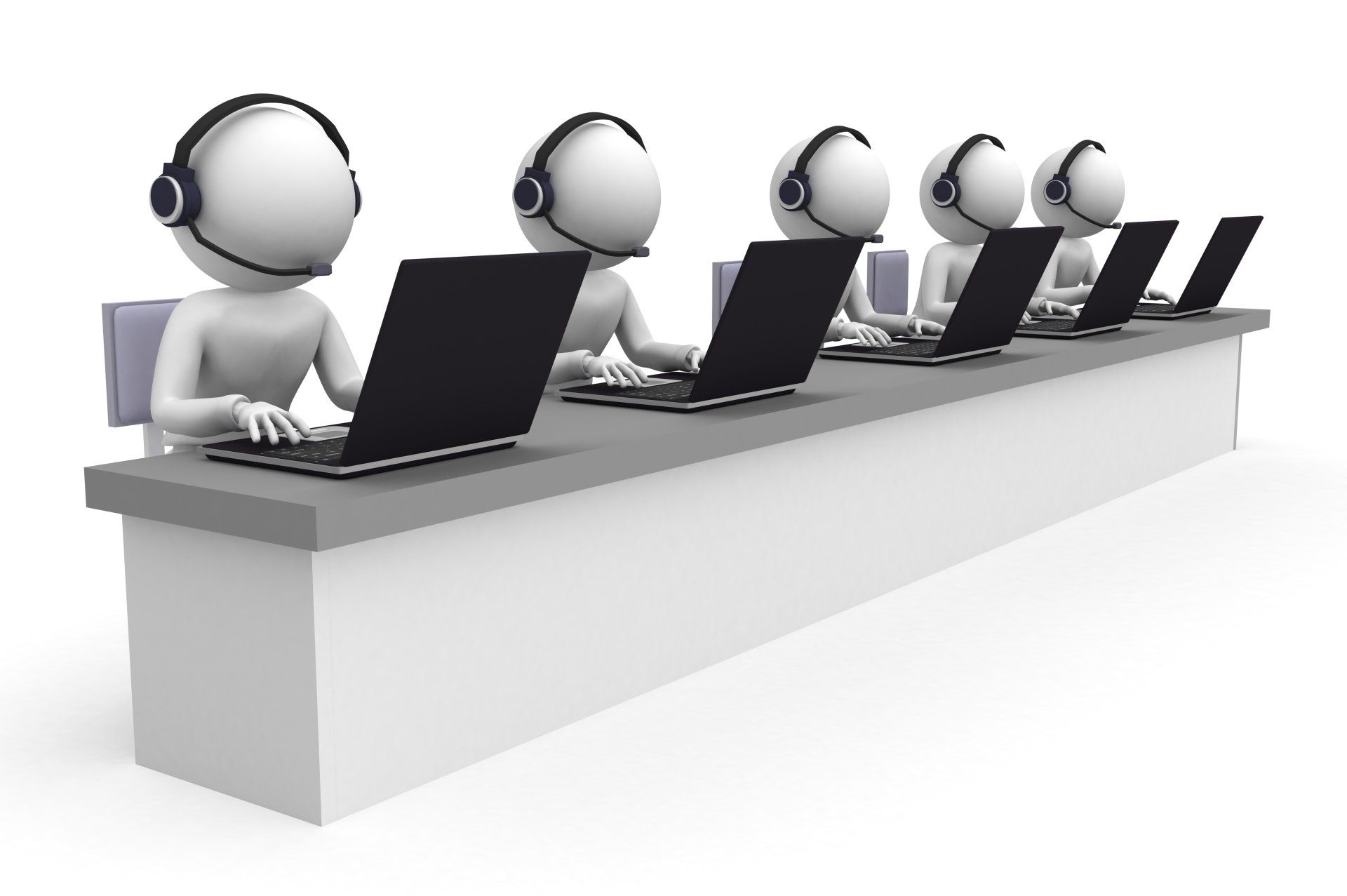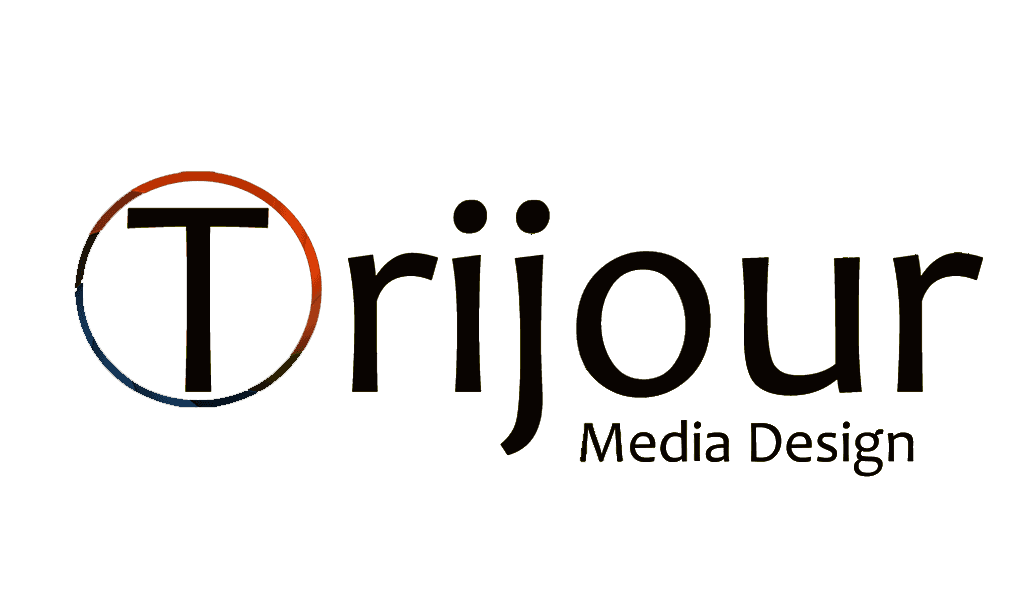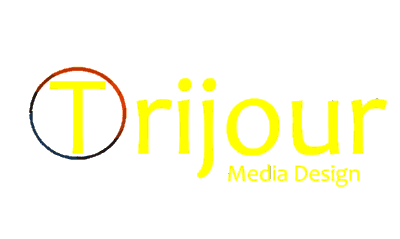5 Ways Your Small Business Can Jump on The Influencer Marketing Bandwagon
An endorsement from an influencer carries a lot of weight
If you’ve been keeping up with the latest trends in online
and viral marketing, you’ve probably heard the phrase “influencer” being thrown
around. Influencers are people with strong personal brands and large followings
on social media. Some are famous for other reasons, like their career in music,
television, or film, while others have accumulated followers just by being
funny or interesting online. Some have started out online and converted their
fame on Vine or Instagram into partnerships with traditional media outlets,
like infamous Vine star Jake Paul, who recently parted ways with Disney after
his online antics got out of hand. Brands partner with influencers to promote their
products. An endorsement from an influencer carries a lot of weight, in part
because of the way social media has allowed its most popular personalities to
connect with their fans. Here are 5 ways your small business can become a part
of this trend and start generating sales from partnerships with influencers.
Identify Your Niche.
One reason influencer marketing is so effective is that social media personalities often fill a specific niche that companies find desirable. Start by thinking about what your target audience is, and what potential influencers have access to that audience. If you’re selling fitness products, for example, research fitness bloggers whose posts get thousands of clicks. If you’re selling gaming equipment, look for Twitch streamers whose streams attract hordes of viewers. These people have built audiences by building strong personal brands; the people “buying” those brands are potential buyers for your products, if you fill the same niche.
Look for Influencers Who Interact with Their Fans.
Social media magnates have a new kind of celebrity that feels much more personal to the people who follow them. Whereas film stars in the past couldn’t possibly correspond with every fan who wrote them a letter, Instagram stars have the ability to respond to comments and messages, building relationships that last. Their followers feel distinctly connected to the people they idolize in a way that didn’t exist before social media, making an influencer’s recommendation of a product much more likely to generate sales than a traditional endorsement. Seek out influencers who have that level of connection with their followers.
Offer Free Products to Influencers.
You may not have to directly pay an influencer to get them to promote your product. Sometimes, all it takes is giving them your merchandise for free. If your product is useful and attractive enough, influencers will start wearing it or using it in their videos and photos, curious followers will seek out more info, and you’ll see sales increase as they try to replicate their idols’ choices in fashion or accessories. This is obviously effective with influencers who work primarily in a visual medium, but food bloggers are also a great target for this scheme – if they enjoy your food, they’re likely to post about it and thus influence their followers to check it out as well. Giving away one free product can result in selling many for full price.
Consider Partnering with An Influencer Agency.
If you’re having trouble connecting with influencers yourself, an outside agency might have the skills necessary to help you out. Unity Influence recently raised $1 million in funding for their influencer marketing engine, which promises to open up influencer marketing to businesses with smaller budgets. Their system is more automated than competing firms like Nuvi, SocialToaster, and Izea, all of which also promise influencer solutions but operate more like traditional ad agencies. You’ll fill out one simple form identifying the business you’re in and your target audience, and Unity will do the rest.
Use Micro-Influencers.
While major influencers with followings in the millions have an enormous reach, they’re expensive — a post from an influencer with 500,000-1 million followers will run you between $5,000 and $10,000. Another downside: these influencers have smaller percentages of engagement, around 2-3%. Micro-influencers are people with smaller but more devoted followings, often those who fill very specific niches. They’re cheaper to purchase posts from, and their engagement can be as high as 10%, meaning more potential sales, and a stronger positive association between your brand and theirs. Micro-influencers give you more bang for your buck.
